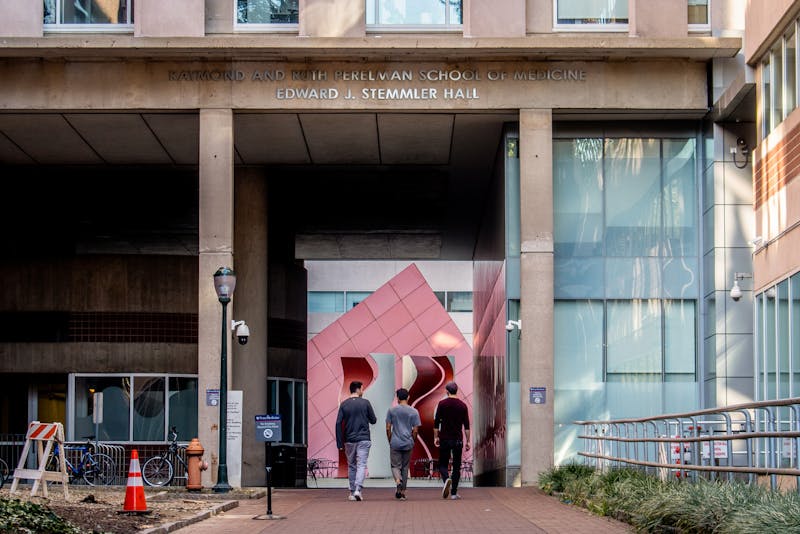Yale and Princeton universities have abandoned the early action admissions procedure in favor of the early decision plan, which Penn and several other Ivy League schools use. Students who are accepted early action in December are still free to attend other schools. The early decision program, however, is binding. While it is still too early to tell how the policy switch will affect the University, Admissions Dean Lee Stetson said that so far, the decision has not caused a decrease in applications. In fact, the University has already received the first part of 750 applications -- almost twice as much as the amount sent in at this time last year. The number includes both early and regular decision applicants. But Stetson said he does not know yet whether the number of applications will continue rising. Stetson attributed the increase in applications to the University's improving image and a general desire among high school seniors to get started earlier. Now that Princeton and Yale have switched to early decision, Penn could see a decrease in applications which would then increase again in January. "At first, one might think that we will lose applicants because they will make a commitment to one school earlier," Stetson said. "On the other hand, there could be fewer students willing to apply early decision than early action because it calls for a commitment that they might no be ready to make." The students who do not apply early could then apply to the University for regular decision. "It all might even itself out," Stetson said. After attending the National Association of College Admissions convention in Boston over the weekend, Stetson said he will have a better idea of how many students Princeton and Yale will accept early and how this will affect Penn. Yale Admissions Dean Richard Shaw said Yale changed policies so students could no longer hold a spot at the school through early action and then apply to several other schools regular decision. "About 80 percent of our students admitted early accept," Shaw said. "But that's still 125 that said 'no.' Having early decision lets students disseminate themselves the way they truly feel, and makes more sense for the college application process." Shaw added that several high school guidance counselors told him that students wanted the opportunity to make an early commitment. But many say that applying early action provides a better option for students because it gives them more time to explore which school best suits them. And even under regular decision, Brown Admissions Officer Jess Lord said, students apply to several schools and hold spots until they make their choice. Lord added that Brown would only switch to early decision if it is receives an overwhelming amount of early action applications. Whether an institution uses early decision or early action can also have a profound effect on the school's atmosphere. Because the University admits almost 40 percent of its early applicants -- about 33 percent in December and 7 percent with the regular pool -- it ensures that a substantial number of students have explicitly chosen the University. "By December we already have a basis of commitment to Penn in more than one third of the class," Stetson said. "If you include those who get a second chance after being deferred as well as the regular pool, about 70 to 75 percent have made the University their first choice. "That creates a more positive feeling at the University," he added.
The Daily Pennsylvanian is an independent, student-run newspaper. Please consider making a donation to support the coverage that shapes the University. Your generosity ensures a future of strong journalism at Penn.
DonatePlease note All comments are eligible for publication in The Daily Pennsylvanian.








